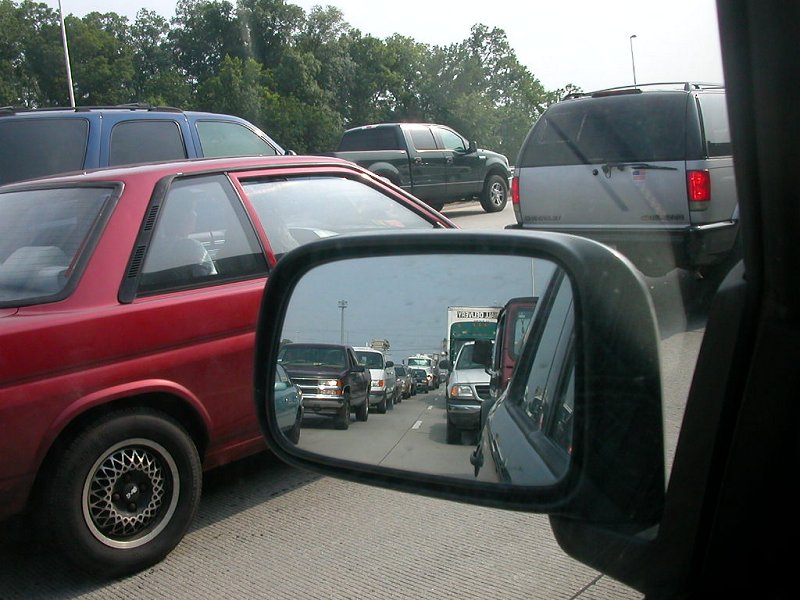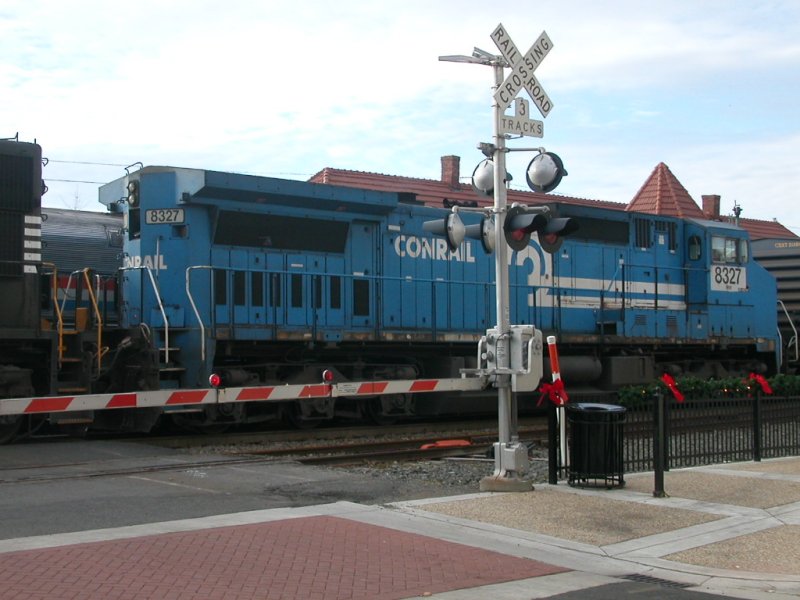
politicians consistently promise voters in Northern Virginia that they will reduce traffic congestion

politicians consistently promise voters in Northern Virginia that they will reduce traffic congestion
Cities and counties create separate transportation chapters in their comprehensive plans. Though the planners talk to each other, it is not uncommon to have a 6-lane highway on a map in one county shift to a 4-lane highway when crossing the county line.
However, most funding for roads and transit in Northern Virginia comes from state and Federal sources. The money comes with strings attached - regions must develop coordinated plans for at least the major highways and transit systems. The Metropolitan Washington Council of Governments (COG) supports the Transportation Planning Board for the DC region, including suburban counties in Maryland as well as DC.
The Transportation Planning Board has power, even though it does not have money, because Federal law requires it to approve the Financially Constrained Long-Range Transportation Plan (CLRP), with a 25-year vision of the future, plus a Transportation Improvement Program (TIP) listing projects that will be funded in the next 6 years. Federal clout is provided by both transportation and air quality legislation. In practice, the mandated coordination forces regional leaders are forced to negotiate with other on big projects such as replacing the Woodrow Wilson Bridge, extyending Metro to Dulles, or building the InterCounty Connector in Maryland.
Note that the Transportation Planning Board was triggered by Federal highway legislation, and it is an independent body from COG (but its staff is provided by COG's Department of Transportation Planning). To understand the political geography of transportation planning... it is easier to follow the money than to sort out the Table of Organization. The TPB "does not exercise direct control over funding and is not responsible for construction or maintenance of the transportation system," but it does have an opportunity to block a specific project.
Within Northern Virginia, all roads are owned and maintained by the state, except in Arlington County where roads are owned and maintained by the county. The Commonwealth Transportation Board (CTB) allocates the flexible funding available for specific road and transit projects. Starting in 2007, Northern Virginia also established a regional authority that does more than just coordinate. The Northern Virginia Transportation Authority (NVTA) has taxing authority, and plans to spend $102 million on various projects in 2008. The long-range plan of the NVTA (TransActgion 2030) is not a financially-constrained document, unlike the CLRP and various Six Year Plans. TransAction 2030 includes proposals to extend Metrorail to Potomac Mills, build a new highway bridge across the Potomac River near Quantico, and build light rail between Manassas and Dulles Airport.

Conrail at Manassas Train station